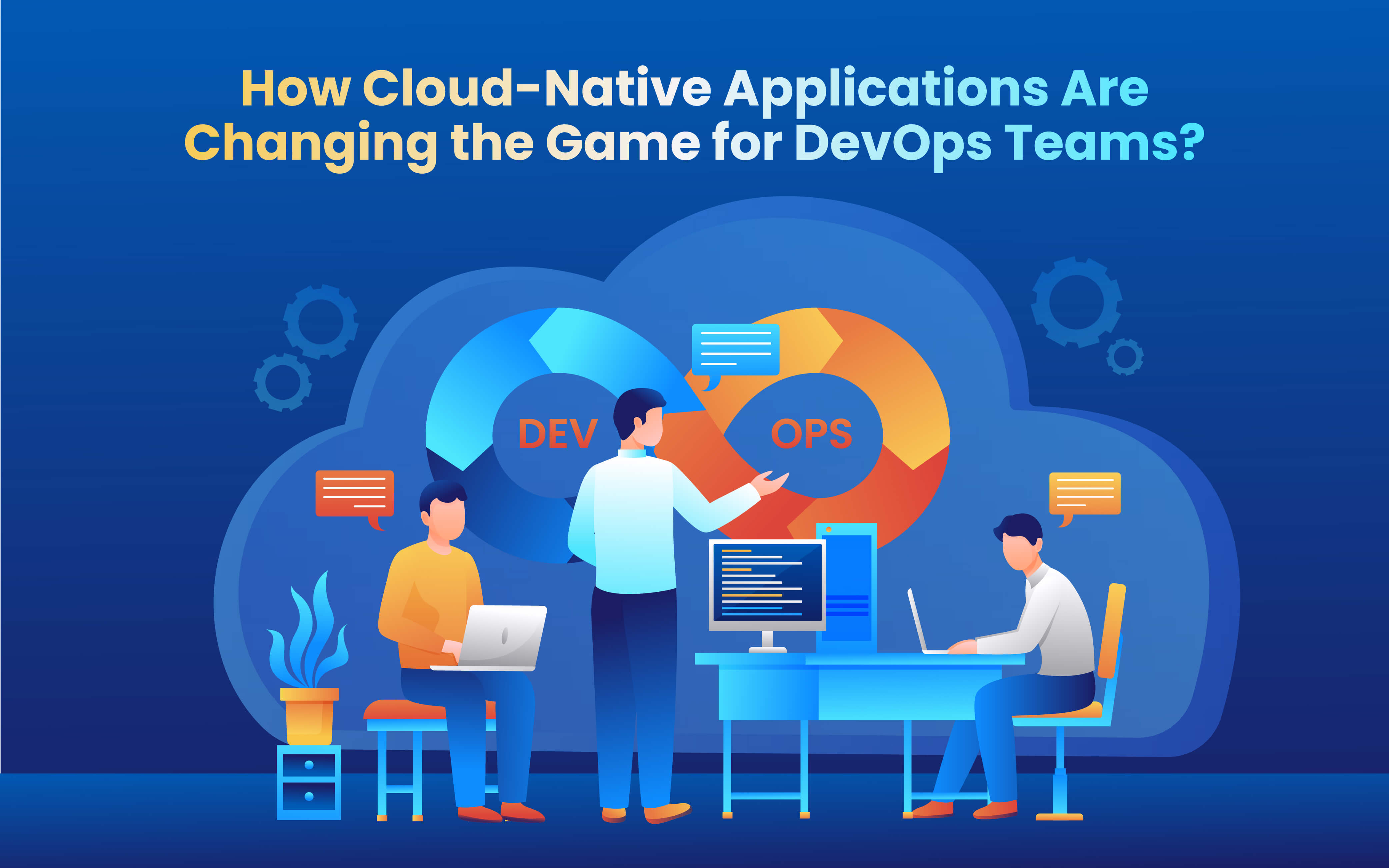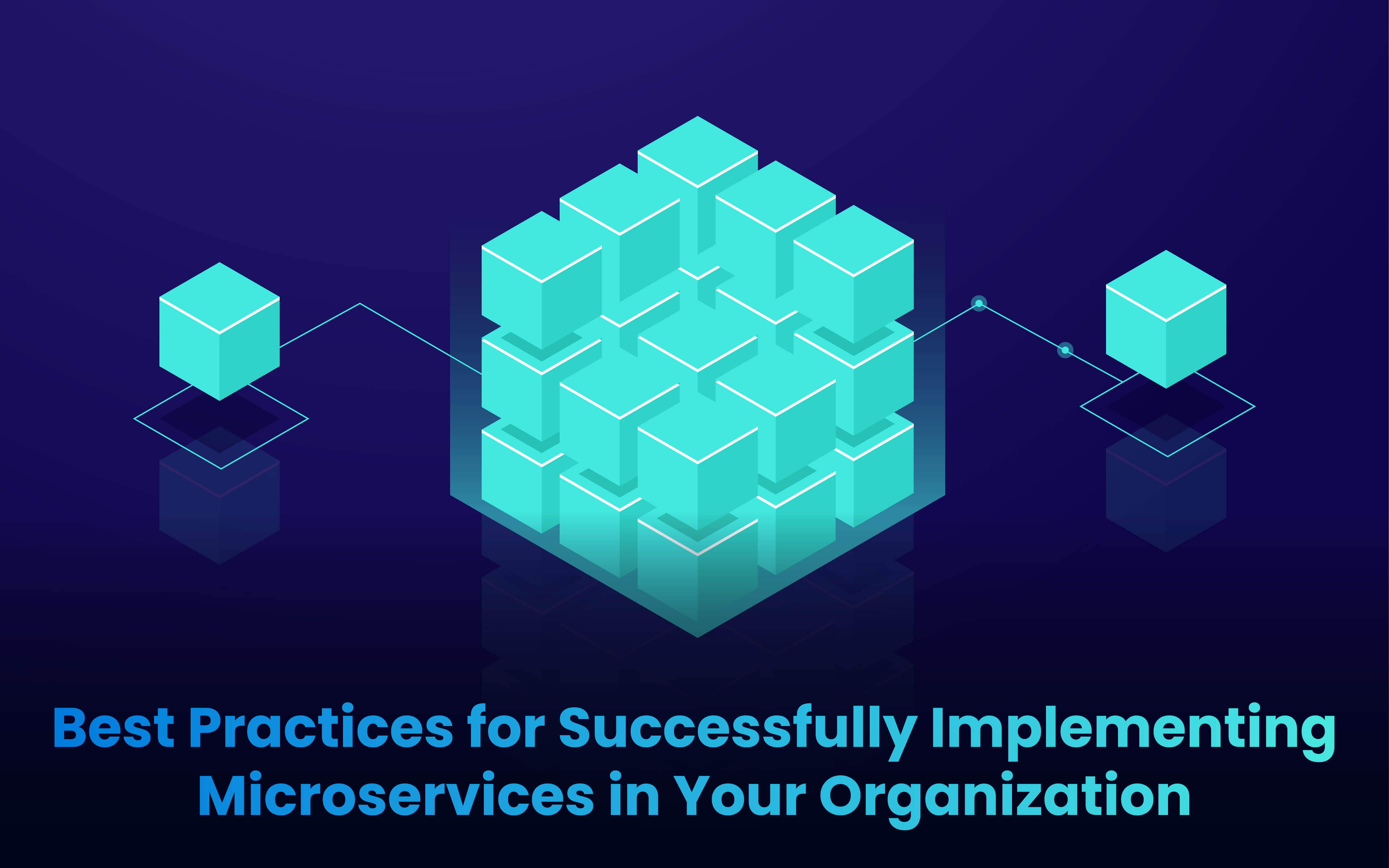Blogs
To know about all things Digitisation and Innovation read our blogs here.
DevOps
How Cloud-Native Applications Are Changing the Game for DevOps Teams?
SID Global Solutions
15 March 2023

Cloud-native applications are rapidly becoming the go-to choice for modern software development. These applications are built using microservices architecture, which allows them to be highly scalable, resilient, and portable. They are designed to run on cloud infrastructure and leverage cloud-native services to deliver the best possible user experience. Cloud-native applications are changing the game for DevOps teams by enabling them to deliver high-quality applications faster, more efficiently, and with greater reliability. In this guide, we will explore the benefits of cloud-native applications, the challenges of adopting cloud-native architecture, and how DevOps teams can leverage cloud-native applications to stay ahead of the competition.
Also Read: The Top 10 Kubernetes Alternatives You Need to Know About
The Benefits of Cloud-Native Applications for DevOps Teams
Cloud-native applications offer several benefits for DevOps teams, including faster time to market, improved scalability, and greater resilience. Here are some of the key benefits:
- Faster Time to Market: Cloud-native applications can be developed and deployed faster than traditional applications. This is because cloud-native applications are built using microservices, which can be developed and deployed independently. This allows DevOps teams to iterate quickly and release new features faster, resulting in a faster time to market.
- Improved Scalability: Cloud-native applications are designed to be highly scalable. They can automatically scale up or down based on demand, allowing DevOps teams to handle sudden spikes in traffic without any downtime. This results in better performance and a better user experience.
- Greater Resilience: Cloud-native applications are designed to be highly resilient. They are built using multiple layers of redundancy, ensuring that if one component fails, the application can continue to function without any interruption. This results in greater reliability and uptime.
The Challenges of Adopting Cloud-Native Architecture
While cloud-native applications offer numerous benefits, there are also several challenges that DevOps teams must overcome when adopting cloud-native architecture. Here are some of the key challenges:
- Technical Complexity: Cloud-native applications are more technically complex than traditional applications. They require a deep understanding of microservices architecture, containerization, and cloud infrastructure. This can be a challenge for DevOps teams that are not familiar with these technologies.
- Organizational Complexity: Cloud-native applications require a cultural shift within an organization. They require teams to work together more closely and to adopt a more agile approach to development. This can be a challenge for organizations that are used to working in silos.
- Security and Compliance: Cloud-native applications can pose a security and compliance risk if they are not properly secured. DevOps teams must ensure that their applications are properly secured and compliant with industry regulations.
Also Read: Digital Transformation Challenges That Organizations Must Overcome
How DevOps Teams Can Leverage Cloud-Native Applications?
DevOps teams can leverage cloud-native applications to stay ahead of the competition and deliver high-quality applications faster and more efficiently. Here are some key strategies that DevOps teams can use to leverage cloud-native applications:
- Use Microservices Architecture: Microservices architecture is at the heart of cloud-native applications. DevOps teams should embrace microservices architecture and design their applications with scalability and resilience in mind.
- Embrace Containers: Containers are a key component of cloud-native applications. They allow DevOps teams to package and deploy their applications more efficiently and reliably. DevOps teams should adopt containerization and use tools like Docker and Kubernetes to manage their containers.
- Use Cloud-Native Services: Cloud-native services like Amazon Web Services (AWS) and Microsoft Azure offer a range of services that can help DevOps teams build and deploy their applications faster and more efficiently. DevOps teams should leverage these services to reduce the operational overhead of their applications.
- Automate Everything: Automation is critical to the success of cloud-native applications. DevOps teams should automate everything from testing to deployment to ensure that their applications are deployed quickly and reliably. This can be achieved through the use of tools like Ansible, Chef, and Puppet.
- Adopt DevOps Best Practices: DevOps teams should adopt best practices like continuous integration (CI) and continuous delivery (CD) to ensure that their applications are delivered quickly and with high quality. These practices can help DevOps teams reduce the time it takes to develop and deploy new features, while also improving the reliability of their applications.
- Ensure Security and Compliance: Security and compliance are critical to the success of cloud-native applications. DevOps teams should ensure that their applications are properly secured and compliant with industry regulations. This can be achieved through the use of tools like Terraform, Vault, and AWS Security Hub.
Also Read: Challenges and Solutions for Implementing Interoperable Multi-Cloud
Future Trends in Cloud-Native Applications
The future of cloud-native applications looks bright. As more organizations adopt cloud-native architecture, we can expect to see the following trends:
- Greater Adoption of Kubernetes: Kubernetes is rapidly becoming the go-to choice for managing containers in cloud-native applications. We can expect to see greater adoption of Kubernetes in the coming years, as organizations look to streamline their container management.
- More Focus on Serverless Computing: Serverless computing is gaining popularity as a way to build and deploy cloud-native applications. We can expect to see more focus on serverless computing in the future, as organizations look to reduce their operational overhead.
- Increased Use of Artificial Intelligence (AI): Cloud-native applications are well-suited to leverage AI and machine learning (ML) to improve performance and user experience. We can expect to see increased use of AI and ML in cloud-native applications in the coming years.
- Greater Emphasis on Security and Compliance: Security and compliance will continue to be a top concern for organizations that adopt cloud-native architecture. We can expect to see greater emphasis on security and compliance in the future, as organizations look to protect their applications and data from cyber threats.
Conclusion
Cloud-native applications are changing the game for DevOps teams. They offer numerous benefits, including faster time to market, improved scalability, and greater resilience. However, adopting cloud-native architecture can be challenging, and DevOps teams must overcome several technical and organizational hurdles. By embracing microservices architecture, containerization, cloud-native services, and automation, DevOps teams can leverage cloud-native applications to deliver high-quality applications faster and more efficiently. As we look to the future, we can expect to see greater adoption of Kubernetes, more focus on serverless computing and AI, and increased emphasis on security and compliance in cloud-native applications.









